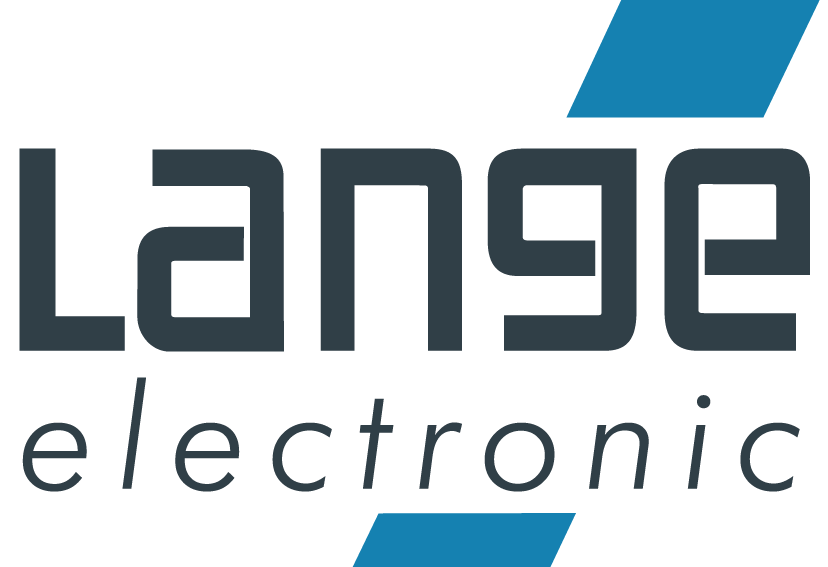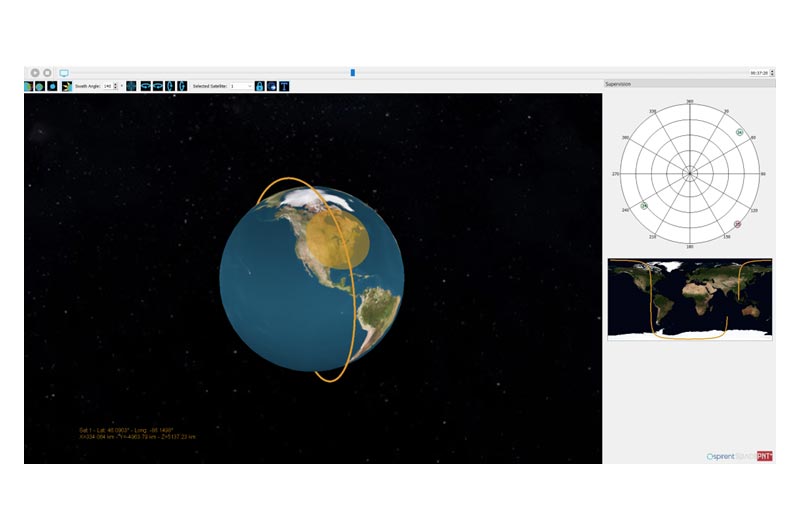Low Earth Orbit (LEO) satellite constellations promise a revolution in communications. Understanding and overcoming the specific challenges of testing satellites in LEO orbits is a crucial step in accelerating this development. To model the orbits more accurately, Spirent has developed the SimORBIT tool together with SpacePNT.
The two-body problem is guaranteed to appear in the first chapters of any textbook on orbital mechanics, and for good reason: its solution leads to the analytical definition of Keplerian orbits, a simple but extremely powerful tool for predicting the trajectory of spacecraft and celestial bodies alike. Indeed, a Keplerian orbit is uniquely defined by a set of only six parameters (semimajor axis, eccentricity, inclination, right ascension of the ascending node, argument of periapsis, anomaly to epoch).
Despite the simplicity of the underlying physical model (two bodies with spherical mass distribution, subject only to mutual gravitational interaction), it is remarkably accurate and has enabled countless achievements over the centuries, from the prediction of the appearance of comets to the preliminary design of complex multigravity orbits for interplanetary probes.
However, Kepler alone does not tell the whole story. For example, no celestial body is perfectly spherical, and even in the solitude of space, the motion of satellites is influenced by a variety of effects, including the gravitational pull of the sun, moon and other planets, as well as air resistance at the uppermost edges of the atmosphere. Even impacting photons have a measurable influence on the trajectory!
The inclusion of all these disturbances in the equations of motion leads to a considerable mathematical complication, to the point where it is no longer possible to find a closed analytical solution. Finding the best compromise between accuracy and model complexity for a given application is probably one of the most difficult tasks in astrodynamics.
To overcome this challenge for testing LEO satellites, Spirent, together with SpacePNT, has developed SimORBIT, a versatile tool that enables the generation of high-fidelity LEO trajectories for individual satellites or entire constellations.
SimORBIT is an advanced orbit propagation tool that enables the calculation and modeling of LEO satellite orbits with a very high accuracy (either in ECEF or ECI coordinates). This tool implements a dynamic model specifically designed to meet the stringent requirements of precise orbit determination for LEO satellites. The high accuracy of the software tool is made possible by state-of-the-art models that take into account the main perturbations affecting satellites.
With SimORBIT, the user can:
create a new constellation, either from scratch or by importing a RINEX file
Start a simulation to calculate satellite orbits with high accuracy
View results that have been previously calculated
Specifications / Features
Accurate orbital model that can be used as a reference trajectory propagator
Generation of orbits for individual satellites or constellations (up to 85 satellites)
Fully consistent with IERS 2010 conventions
Implemented in ITRF, conversion to GCRF is possible
Customizable input parameters for satellites (e.g. drag coefficient, mass, cross-sectional area)
Multiple numerical integrators available
Output in standard formats
Expandable for higher precision Translated with www.DeepL.com/Translator (free version)






